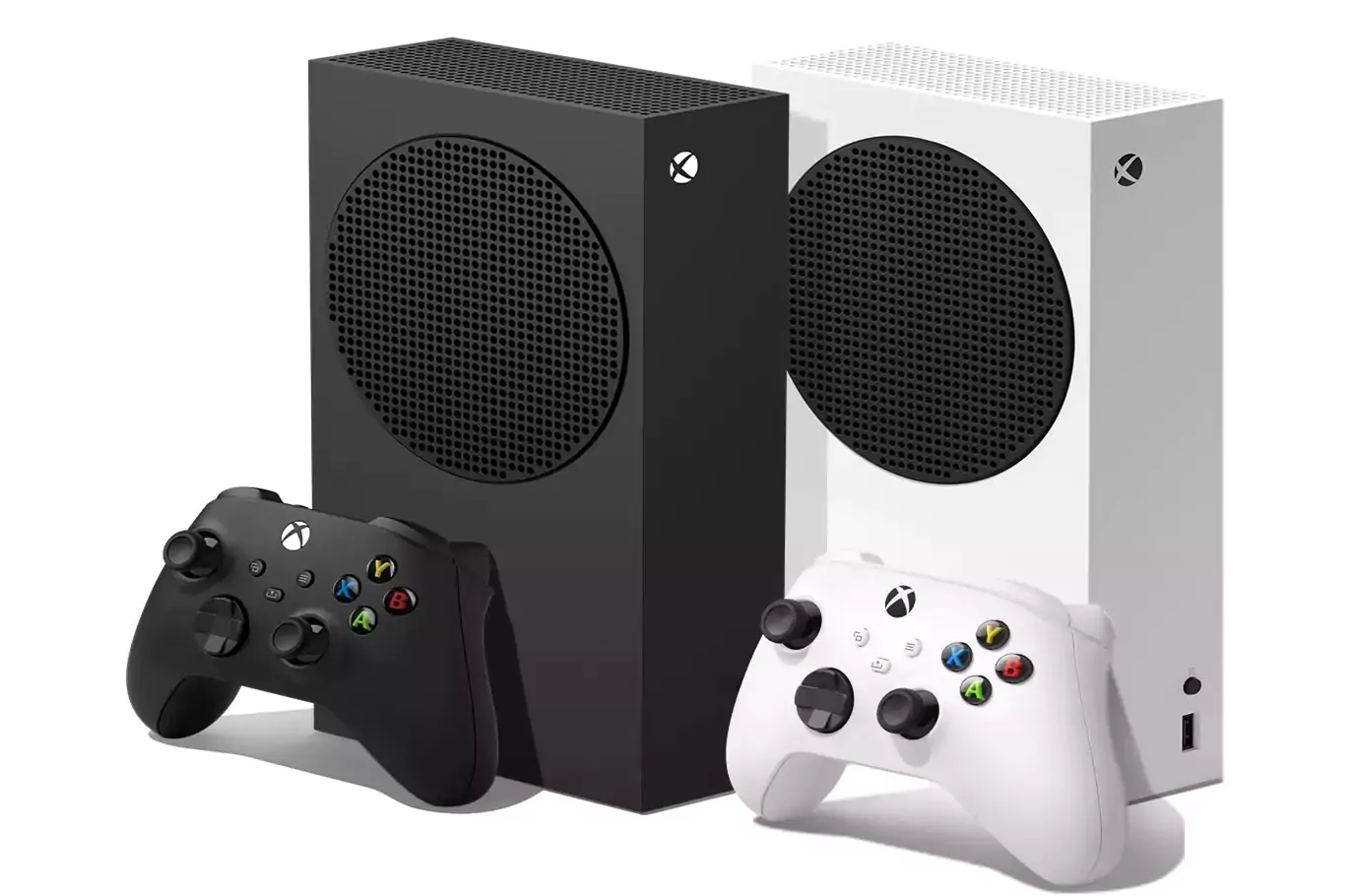It’s been over three years since Microsoft launched the Xbox Series X|S, ushering in the modern generation of gaming.
While there are likely still a few years to go before the next iteration, intriguing details have emerged about what the company has in store as a successor.
Microsoft had originally planned to develop a revolutionary “cloud hybrid” console for its next release.
However, those ambitious goals now appear to have shifted towards launching their new Xbox sooner and likely at a more affordable price point compared to rival Sony’s upcoming PlayStation 6.
The Leaked “Cloud Hybrid” Plans
Earlier this year, confidential Microsoft documents surfaced as part of the FTC’s antitrust lawsuit against the tech giant.
The slides outlined an innovative concept for their future console:
“Our Vision: Develop a next-generation hybrid game platform capable of leveraging the combined power of the client and cloud to deliver deeper immersion and entirely new classes of game experiences. Optimized for real-time gameplay and creators, we will enable new levels of performance beyond the capabilities of the client hardware alone.”
This proposed “Project Moorcroft“ console sounded incredibly promising.
With intelligent balancing between advanced internal components and supplemental cloud computing power, games could potentially achieve unheard-of graphical fidelity and complexity.
A similar Console with all cloud-based compatibility and streaming was proposed under Project “Keystone” last year.
It was an inspiring vision of the future.
But has Microsoft scrapped those lofty plans in favor of a more traditional next-gen Xbox?
Pivoting to an Earlier, More Affordable Launch
According to gaming industry insider Paul Eccleston, Microsoft has notably changed course since those heady Project Moorcroft days.
His sources indicate that rather than waiting on still-in-development bleeding edge technology like AMD’s Zen 6 CPU architecture, the next Xbox will instead be powered by Zen 5 hardware.
The motivation?
Microsoft apparently wants to release their new console in 2026 — a year or potentially even two years sooner than a Zen 6 machine would allow.
This earlier timeline also gives them a chance to significantly undercut the pricing of Sony’s PlayStation 6, much like how the Xbox 360 beat the PS3 to market at a lower cost.
Will This Strategy Repeat the Success of the Xbox 360?
Given Eccleston’s excellent track record, there’s good reason to put stock in his revelations.
And this shift towards prioritizing an earlier, cheaper launch aligned with Microsoft’s proven Xbox 360 playbook.
That 2005 console beat Sony’s PS3 to market by a full year.
Despite technically less powerful hardware, the Xbox 360’s compelling game lineup and budget-friendly $299 or $399 price tags compared to the PS3’s infamous $499 and $599 models proved a winning formula with consumers.
As a result, the Xbox 360 maintained decent sales momentum even after the PS3 recovered from its slow start.
Microsoft seems poised to repeat history with their 2026 Xbox console launch coming ahead of the PS6.
This timed release takes advantage of next-gen Zen 5 chips hitting their stride while potentially sidestepping the growing pains of a new architecture like Zen 6.
With Sony’s console PS6 likely delayed until 2027 or later waiting on cutting-edge but complex components, the next Xbox could establish an early lead — just like the Xbox 360 did.
Of course, a major question is if Microsoft has fully learned from the Xbox 360’s mistakes.
Despite beating Sony to market, serious technical problems like the “Red Ring of Death” reliability fiasco tarnished the brand.
Time will tell whether issues like overheating and defects rear their ugly head again.
Mid-Gen Upgrade Potential
While an earlier debut with Zen 5 instead of Zen 6 suggests a less powerful console compared to Sony’s eventual offering, Microsoft has a secret weapon — a planned “Xbox Series V” upgrade launching around 2029.
This mid-gen refresh using future Zen 6 or even Zen 7 chips would let Microsoft match or surpass the PS6’s capabilities.
After taking advantage of an early, value-oriented launch, they could then close the technical gap.
Given Sony also released PS4 Pro and PS5 Pro mid-cycle upgrades, Microsoft’s Xbox roadmap seems well-positioned to flex its financial muscle.
By rapidly iterating console hardware, they can alternately prioritize price or power as needed to stay competitive.
The Nintendo Factor
Of course, analyzing Microsoft’s strategy in a vacuum ignores Nintendo.
As the creators of linchpin consoles like the Nintendo Wii and Switch illustrate, raw technical prowess isn’t everything.
Nintendo has a knack for identifying unique gaming experiences first, then designing capable and economical hardware to deliver that innovation.
So while Microsoft and Sony duke it out over pixels, frames per second, or teraflops in a traditional console battle, Nintendo goes their own way.
Their singular focus creates rewarding gameplay opportunities that can even lure Xbox or PlayStation owners to purchase Nintendo devices as secondary console options.
So Microsoft can’t rest on its laurels and assume matching or exceeding Sony’s power narrative alone will win the next generation.
Nintendo’s outside-the-box thinking remains an ever-present wildcard in this never-ending console cycle.
The Road Ahead
If current rumors pan out, Microsoft’s upcoming console will mark a short-term step back in raw performance compared to Sony’s next-gen offering.
But their attempts to mitigate those disadvantages by beating the PS6 to market and subsequently upgrading mid-cycle do mirror previous successful tactics.
Only time will tell whether this strategy adds up to winning the next round of the perennial Microsoft vs Sony vs Nintendo console showdown.
But no matter what the future holds, one thing remains clear — with new Xbox and PlayStation hardware on the horizon, it’s an incredible time to be a gamer!
Discover more from Gaming Foodle
Subscribe to get the latest posts sent to your email.

